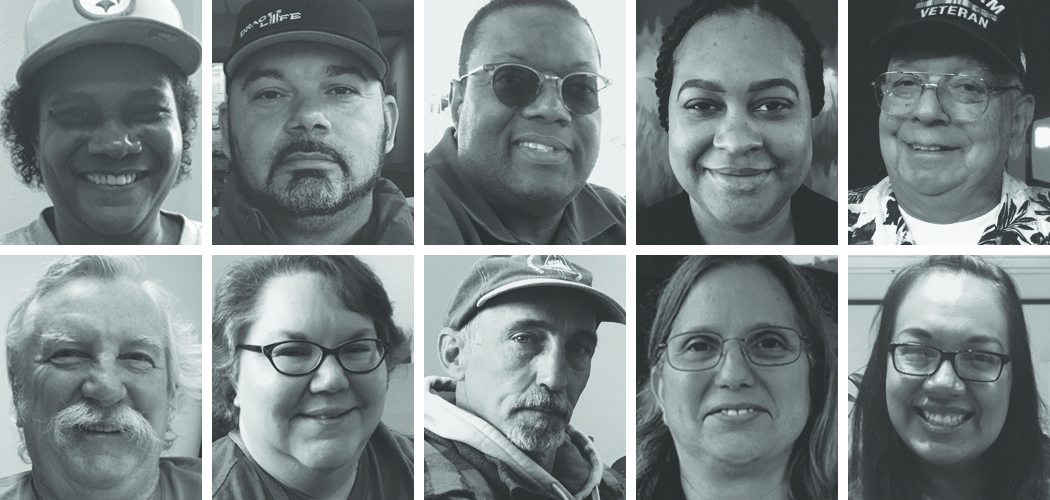Discovery Concept Guide
Recruit

Principles
Finding and Recruiting
The focus of your research project determines who you recruit and how many people you recruit. Additionally, your recruitment effort should aim to capture a wide net of perspectives on the issue that is the focus of your discovery research. Consider recruiting people of different service branches, ages, ethnicities, genders, and life circumstances so as to capture a breadth of experience and perspectives
Partnerships
Partner with the facility, union(s), and/or organization you’re studying. Find a point of contact who can help you recruit research participants. Be clear with them about your needs. Communicate with your partners consistently to ensure that they understand who you’re researching and what you need to complete your research.
Qualitative Research and HCD
People familiar with quantitative research look for statistical significance. Qualitative research is different. Acknowledge this difference with any quantitatively-based partners. Discuss with them how usable insights from the qualitative side give color and human insight to the quantitative data to which they have access. While quantitative data informs service effectiveness quite well, qualitative data leads to services that are easy, effective, and emotionally resonant and can come from any individual. We don’t need huge sample sizes to find usable insights.
Methods
Screening Candidates
One way to discern whether an individual is a match for your research topic is to have a short conversation with them. Ask them to tell you their story. Use open ended questions, like, “Can you tell me a time when…” or simply, “Tell me about a day in the life at your agency.”
This also gets directly into the touchpoints or pain points you may want to study. Questions like this ensure that you identify participants whose experience is pertinent to your work. It’s fine if the individual is not a strong match. It saves your time and the individual’s time. Thank them for their interest in the project and for sharing their story, and ask if they are open to you contacting them in the future for other research projects.
Starting out
Sometimes it can be hard to figure out where to start with recruiting. One quick way to get ideas is to create a table like the one below.
| Problem | Research Participants | Possible Resources |
|---|---|---|
| Improve the application process for Federal job candidates | HR professionals, hiring managers, policy specialists, back-end system administrators | college career offices, agency heads, program leads |
| Simplify the process for small businesses selling goods and services to the Federal government | Small business owners, contracting officers, agency contract/schedule leads | small business industry organizations, program managers |
Identifying Participants
Tables like this one give both you and those who are doing the recruitment a clear picture of the kinds of participants you are looking for. For example, if your research topic involves geriatric care from VA, you are recruiting participants who receive this care.
Scheduling Interviews
Once participants have been screened and selected, it is important to keep them informed about their participation at key touchpoints in the interviewing process. If possible use their preferred method of receiving communication (be it a phone call, email, or text) to contact them when the interview date is set, and also give them a courtesy reminder a day in advance of the interview.
